What is ‘Pedigree Bias’ and How Can You Avoid It When Hiring Tech Talent?
We’ve spoken in previous blog posts about the issues surrounding diversity in tech and how there is still a long way to go.
As more diverse and inclusive hiring practices begin to become commonplace, there are still other areas in which tech can avoid gatekeeping and perpetuating stereotypes about what an ideal tech candidate is or has.
One element that can often be overlooked as a contributing factor to bias in tech recruitment and hiring is pedigree bias.
What is pedigree bias?
Pedigree bias refers to the tendency for tech companies to focus on those with Ivy League degrees or Fortune 500 work experience.
This means that talent that has gone down other avenues for their experience will be overlooked – namely, those who may choose more affordable or lesser-known colleges, or gain skills through tech bootcamps – all due to perception bias.
Perception bias is rampant in tech recruitment and hiring because it can often speed up the process.
Rather than having to thoroughly look through multiple resumes, instead, a simplistic stereotype is formed, and this is a shortcut – traditional candidates are immediately valued, and non-traditional candidates are excluded.
This can begin to breed further issues when factoring in the ‘sameness’ that occurs. If all of those being hired and recruited to a tech company have similar backgrounds and experience, the cycle will continue to repeat and non-conventional talent will continue to be overlooked.
Yet diverse hiring practices can grow company revenue by 19% – so is it time to remove pedigree bias from the hiring process?
Are things changing?
As with many areas of diversity and inclusion in tech, change is occurring, though it may seem to be at a slow pace.
From 2019 to 2020, computer science degrees decreased in importance by 4%, masters degrees by 3%, and top tech company experience by 3%.
However, around 85% of professional developers feel that formal education is somewhat important – though this may also be based on their personal experience and academic background.
According to Stack Overflow, approximately 75% of respondents worldwide completed at least the equivalent of a bachelor’s degree or higher.
With so many tech students also being self-taught in some form, with HackerRank finding nearly one third of all developers describe themselves as ‘self-taught’, it may be that things are changing, albeit slowly.
It’s unlikely that academic background will be completely eradicated from the recruitment and hiring process, but instead, academic backgrounds of all varieties may be equally considered as opposed to just those from prestigious standing.
The evidence can often go against stereotypes
Without even touching upon the number of tech companies started by those who did not complete their academic journey, there is also evidence that proves the industry stereotypes may not be matching with reality.
One example of an alternative to traditional academic backgrounds is the rising popularity of tech bootcamps, which offer the opportunity to gain tech skills at a faster pace without the eye-watering costs associated with Ivy League education.
46% of bootcamp grads received one or more interview requests, and 9% of all bootcamp grads who made it to the interview stage received a job offer – if the space is opened up for those with different backgrounds but the necessary skillsets, it will undoubtedly become evident that they can be equally valuable assets.
The likes of Google, Apple, Amazon and Facebook are increasingly reducing their pedigree bias in their hiring practices, including the hiring of
What can be done to tackle pedigree bias?
Put simply, much of the bias comes from hiring for background rather than skills specifically.
Looking beyond labels is necessary for overcoming pedigree bias but this presents difficulties due to how ingrained it is in the hiring process.
After all, a particular school, degree, or type of job experience does not always serve as an accurate depiction of proficiency, particularly when including both soft and hard skills in the process.
- Add specificity
To avoid hiring for background rather than skills, it is important to be specific about exactly what you’re looking for – proficiency in Golang, Python, JavaScript – the more specific you can be, the better.
One of the biggest benefits of this is that it focuses on the practical ability to apply skills, rather than the theory that can often come with academic backgrounds.
It’s a skills-based way of recruiting that can remove pedigree bias, particularly if a blind recruitment approach is utilised in which any technical assessments can be given feedback from hiring managers without the potential to focus on any factors outside of the specific ability of the candidate.
- Utilise technology
AI may seem to be cropping up everywhere, and tech recruitment is no different.
To look beyond all of the information that can potentially lead to unconscious biases in hiring, AI is being utilised to strip resumes of information such as names and pictures to make the process more objective.
Platforms such as Criteria Corp utilise technology to remove pedigree bias through unbiased pre-employment tests, giving a more complete picture of a candidate’s potential, which also has a knock-on impact on turnover rates, revenue, productivity, and hiring success rate!
Technology is a convenient and efficient alternative method for removing pedigree bias from tech recruitment and is worth considering as a valuable opportunity.
In conclusion
As with wider diversity and inclusion efforts, change isn’t always easy to implement, but it is necessary for the future of tech.
Critically assessing your hiring processes can help you to choose higher-quality hires that have the skills you need, rather than hiring based on background alone.
All candidates with the necessary skills should be given equal opportunity to contribute to the tech sector, whether they are self-taught, from a non-conventional background or have a bachelor’s degree.
More inclusive hiring practices begin with each individual company making small changes over time – the benefits of diversity and inclusion can be significant, and it can also help to move tech in a positive direction.
Get in touch with us today to discuss your recruitment needs.




